Introduction
One of the communities in southern Illinois’ Little Egypt, Thebes is a small river town that grew up next to one of the most treacherous parts of the river to navigate.
History
A small cluster of houses that had initially been known as Sparhawk’s Landing (after George and Martha Sparhawk, prominent landowners in the area), became Thebes in 1843 and had enough pull to win the county seat shortly after that.
Not everyone was impressed with the new Thebes. In an 1883 history of the area, William Perrin wrote:
It was named, perhaps, in honor of Thebes, the ancient capital of Upper Egypt, but differs from its ancient namesake in that the latter stood upon both sides of the river Nile, while our Thebes sometimes has a river on both sides of it. Ancient Thebes began to decline 800 years B.C.; our Thebes when the county’s capital was removed to Cairo. The ruins of ancient Thebes are among the most magnificent in the world; these of our Thebes are only equaled by a half-score of other towns in Alexander, Union and Pulaski Counties. Troja fuit!
With the county seat came a need for a county courthouse. Henry Ernst Barkhausen got the contract to build it, and he got to work at end of 1845. The Greek Revival building was constructed on top of the bluff using local limestone for the exterior walls. The courtroom was on the second floor, while the first floor housed a couple of dark cells and offices. As you traveled up or down the river, the courthouse really stood out among the forested banks of the river.
Berkhausen was a native of Prussia; he came to the US in 1835 and settled near Thebes about two years later where he sold wood to passing steamboats. He also ran a ferry from Thebes to the Missouri riverbank. He was apparently not content with designing an iconic building, so he began to study medicine at the same time he was supervising the courthouse construction. Except for the first two years of his practice, he spent the next thirty years tending to the medical needs of Thebeans.
Thebes saw a limited amount of economic activity outside of the courthouse. An iron ore mine operated for a bit, and the town had a flour mill, a general store, and a couple of saw mills nearby. The glory years didn’t last, though. In 1859 the county seat was moved to Cairo. Some Thebeans worked in river-related occupations, while many others farmed.
Thebes saw limited economic activity outside of the courthouse. An iron ore mine operated for a bit, and the town had a flour mill, a general store, and two sawmills nearby. Some Thebans worked in river-related occupations, while others farmed. Thebes population has been pretty stable since 1960, hovering around 450 people.
Exploring the Area
The Thebes Historical Courthouse (5th St. at Oak St.; 618.764.2658), a small limestone structure built in 1848 on top of the bluff, has commanding views of the river. If you are determined to get inside, it’s best to call ahead to arrange a tour.
This section of the river, the Thebes Gap, is a narrow twelve miles punctuated by rocky patches that steamboat captains called the Grand Chain; they dreaded navigating through here. It’s possible that earthquakes about 10,000 years ago helped create this gap that the Mississippi River passes through. When the water is low, much of the shelf is exposed and can be walked across. The US Army Corps of Engineers has periodically blasted bits from the bottom of the river to help maintain a minimum nine-foot channel for barges.
**Thebes is covered in Road Tripping Along the Great River Road, Vol. 1. Click the link above for more. Disclosure: This website may be compensated for linking to other sites or for sales of products we link to.
Where to Go Next
Heading upriver? Check out East Cape Girardeau.
Heading downriver? Check out Olive Branch or the Shawnee National Forest.
Community-supported writing
If you like the content at the Mississippi Valley Traveler, please consider showing your support by making a one-time contribution or by subscribing through Patreon. Book sales don’t fully cover my costs, and I don’t have deep corporate pockets bankrolling my work. I’m a freelance writer bringing you stories about life along the Mississippi River. I need your help to keep this going. Every dollar you contribute makes it possible for me to continue sharing stories about America’s Greatest River!
Thebes Photographs
©Dean Klinkenberg, 2024, 2021, 2018,2013,2011
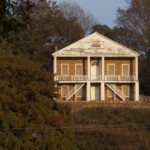

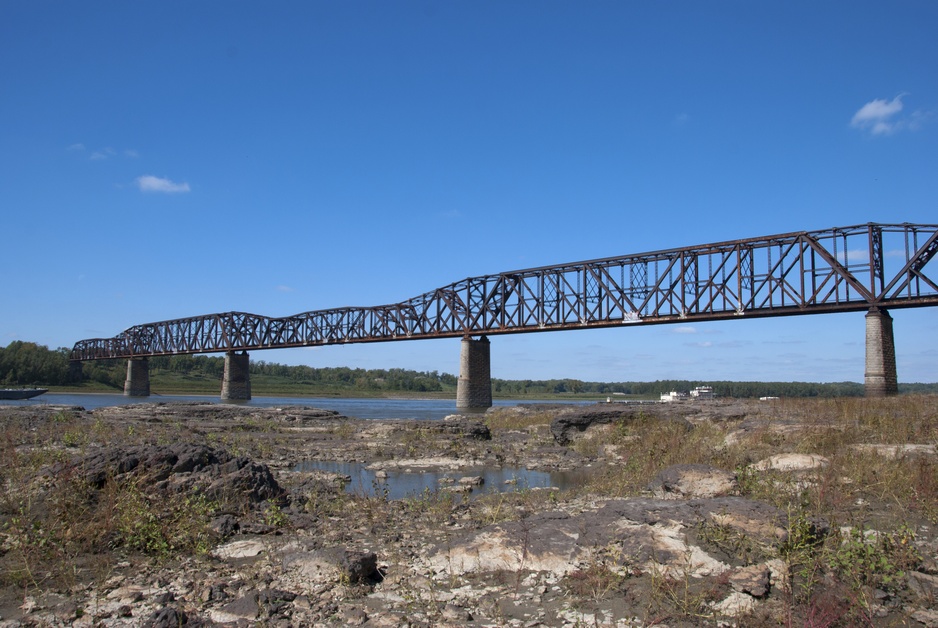

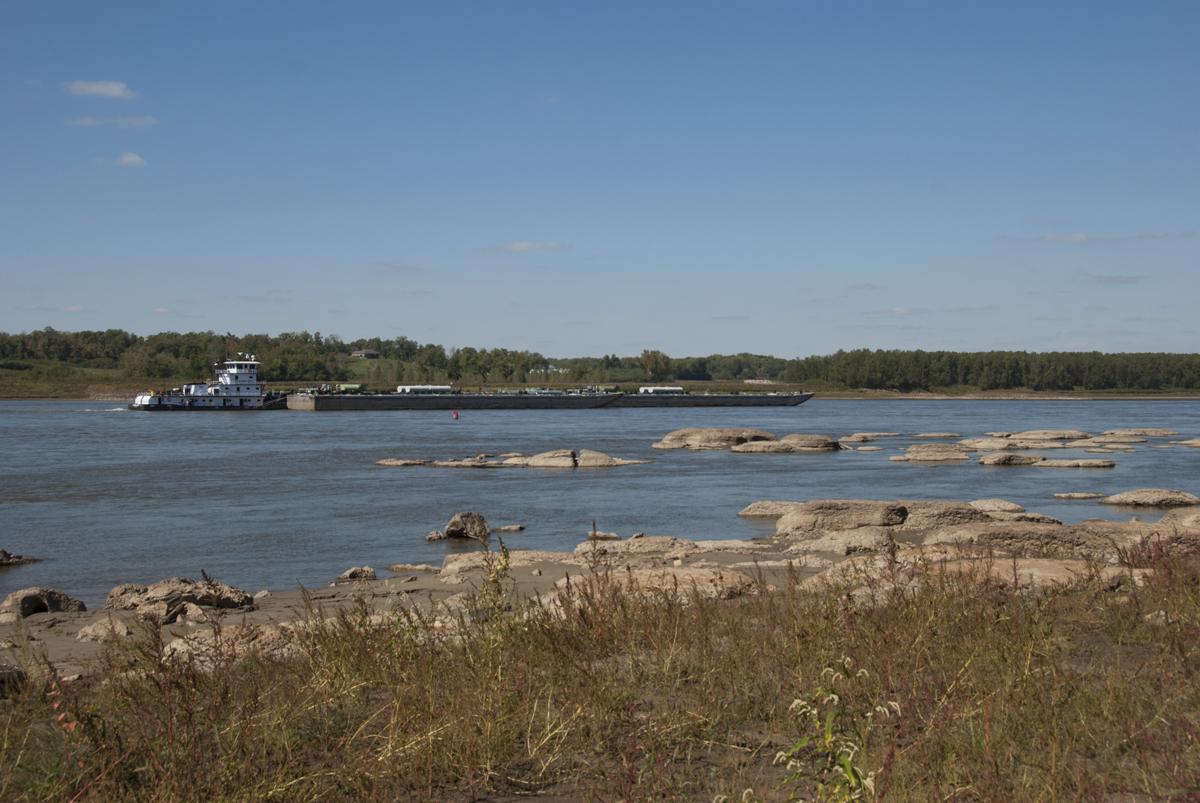
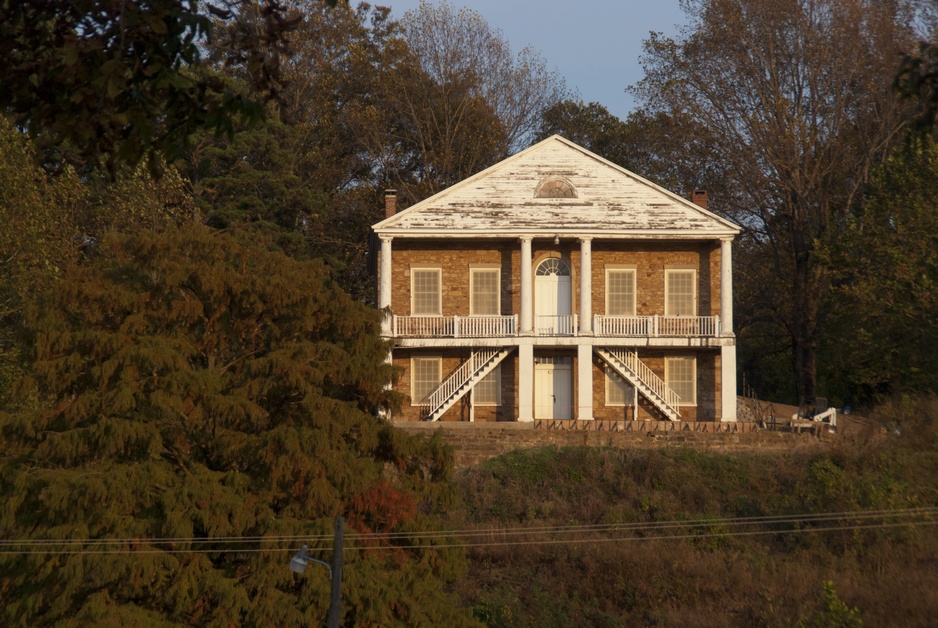

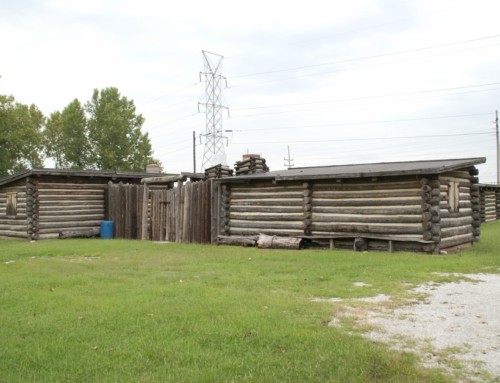
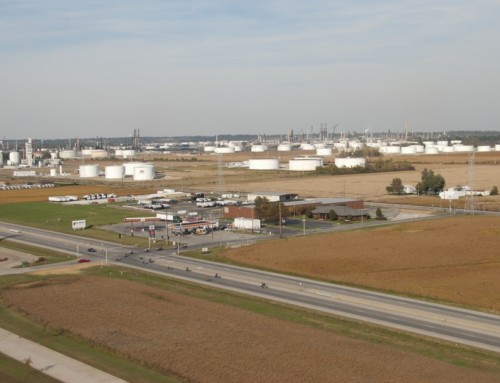
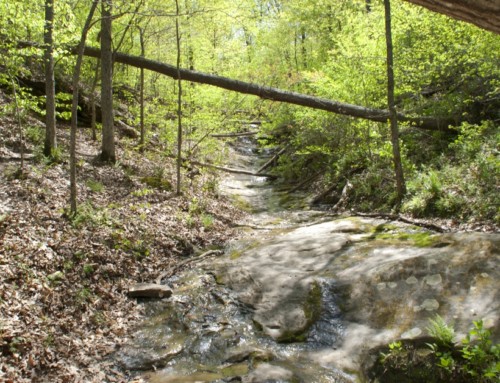
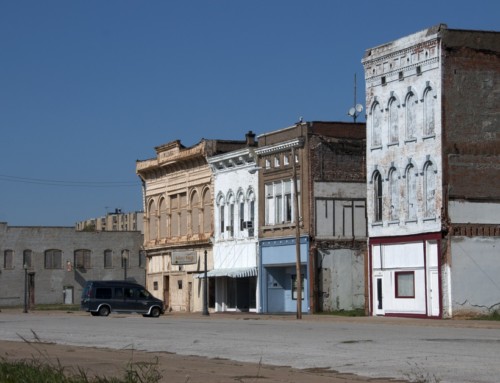
George Sparhawk (my 4th great grandfather) gave the land for the Courthouse.